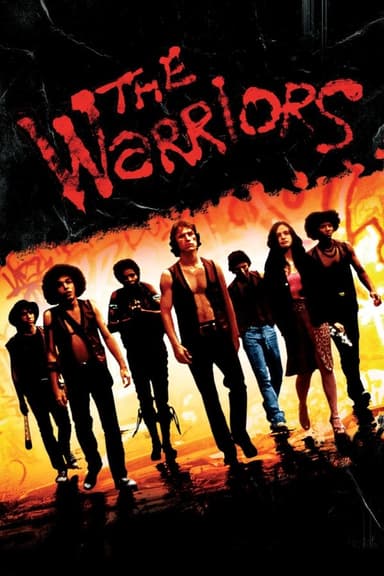
Death Wish
1974 • Action, Crime, Drama • R
After his wife is murdered by street punks, a pacifistic New York City architect becomes a one-man vigilante squad, prowling the streets for would-be muggers after dark.
Runtime: 1h 33m
Why you should read the novel
Before watching the movie adaptation, experience the original vision of 'Death Wish' by Brian Garfield. The novel offers a deeper exploration of the psyche of a man transformed by tragedy, far beyond what's depicted onscreen. Garfield's tight prose delves into the unsettling complexities of grief, justice, and the corrosive effects of vengeance, challenging readers to confront uncomfortable moral questions rooted in reality.
Reading the novel allows you to experience the slow unraveling of its protagonist in a way that's both intimate and nuanced. Garfield doesn't glorify violence, instead presenting it as a troubling and transformative force, making you question your own beliefs about justice.
By choosing the book over the movie, you'll gain a richer, more thought-provoking perspective on the story. Garfield's narrative is a sobering examination of society's response to crime and personal loss, perfect for readers interested in moral ambiguity and psychological depth.
Adaptation differences
One major difference between the adaptation and the book lies in the character of the protagonist. In Garfield's novel, Paul Benjamin is an accountant, a more subdued and everyman figure, while the film reimagines him as Paul Kersey, an architect played by Charles Bronson, adding a tougher and more action-ready demeanor that dramatically shifts the story's tone and audience perception.
The novel focuses intensely on the internal moral conflict of its protagonist; Benjamin’s journey into vigilantism is marked by guilt, shame, and psychological trauma. In contrast, the film presents Kersey's actions in a more heroic light, with less attention paid to his inner turmoil and the broader consequences of his actions. This shift makes the film appear to endorse vigilantism, whereas the novel is more cautionary and critical.
Another significant change is how the story resolves. In the novel, Garfield crafts an ambiguous and unsettling ending that emphasizes the damaging repercussions of vigilantism, offering little satisfaction. The film, however, opts for a more straightforward and triumphant conclusion, with Kersey seemingly invigorated by his actions and ready to continue his quest for justice, ultimately changing the message of the story.
Setting and supporting characters also diverge between the two versions. The novel offers a more detailed portrait of New York City’s atmosphere and explores the repercussions on Benjamin’s relationships more deeply. The movie streamlines the narrative, focusing instead on action sequences and sensational moments, stripping away some of the nuance and subtlety of Garfield’s original work.
Death Wish inspired from
Death Wish
by Brian Garfield








